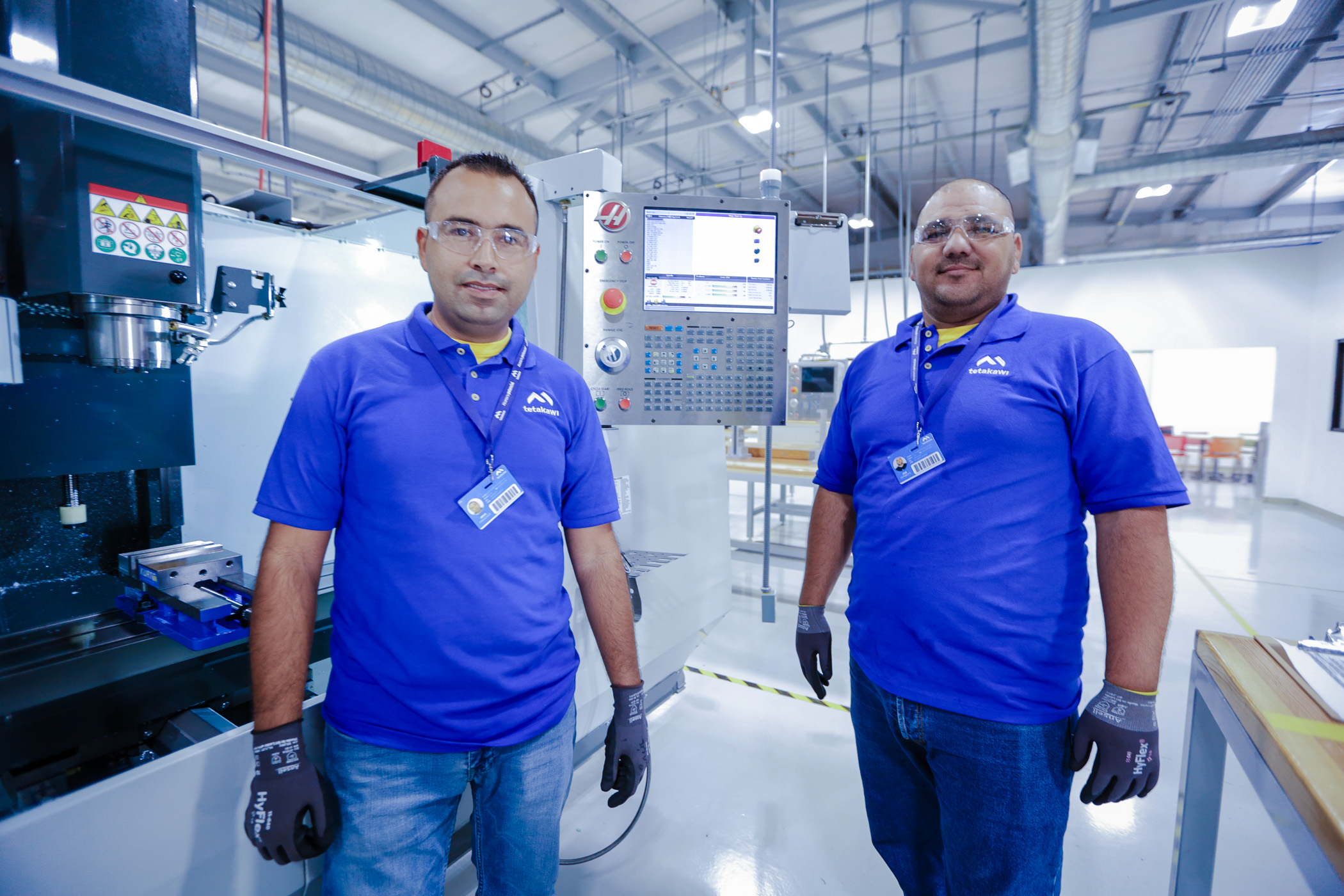After China joined the World Trade Organization (WTO) in 2001, a significant number of manufacturing companies from the U.S. and other parts of the world flocked to China to launch operations in the country. At the time, the immensely reduced labor costs were more than capable of offsetting the expenses associated with shipping goods across the Pacific Ocean to U.S. markets.
However, conditions are changing. More and more manufacturing companies are reshoring their production activities west. Surprisingly, most are not going back to the U.S., but are heading to Mexico.
Shifting Mood
For years, China was able to offer many benefits to American manufacturers. Almost everyone was ready to offshore to China, the main reason being cost-savings. However, over the past decade, China’s wages have drastically increased along with the price of fuel and transportation for shipping from the country to the U.S.
As a result, American manufacturers are changing their thoughts about operating in China. Many are opting to reshore to Mexico for a number of reasons.
Relocation Of Manufacturing To Mexico
Some of the main factors that are persuading manufacturing executives to make the move of relocating their manufacturing to Mexico include:
Currency Fluctuation
Over the past few years, most manufacturing companies have been negatively impacted by Chinese currency fluctuations, which can make it hard for them to do business.
Transportation Costs
When oil prices stood at $35 a barrel, transporting finished products back and forth from China to the U.S. was not a significant challenge. But with the dramatic increase in fuel prices, manufacturers can longer justify doing business on the other side of the globe. Due to its proximity to the U.S., Mexico has become a viable option for these companies.
Proximity
Transportation expenses are not the only consideration manufacturing companies have to weigh when considering a location for their operations. In Mexico, businesses find that their finished goods can be delivered to key U.S. markets via rail or highway. This lowers transportation costs, but it also reduces burnout among the managers juggling logistics between facilities in different time zones.
Labor Costs In Manufacturing
According to Boston Consulting, even though China’s labor productivity may be improving, their labor costs for manufacturing are also expected to increase rapidly. On the other hand, manufacturing companies leaving China have found that Mexico’s labor costs remain low even as productivity rises.
Tariffs
Mexico is a member of The North American Free Trade Agreement (NAFTA) and has a unique trade relationship with North American countries that manufacturing companies can use to their advantage. In addition to having free trade agreements in the region, there are no tariffs on imports and exports between the U.S. and Mexico.
The Trend Continues
Reshoring is a new trend that is driving American and other manufacturing companies to leave China for countries with better incentives. The trade war between China and the U.S. has contributed to the growing migration. Today, many companies are discovering that Mexico has as much to offer as China—and more.
Subscribe
Sign up and stay informed with tips, updates, and best practices for manufacturing in Mexico.





